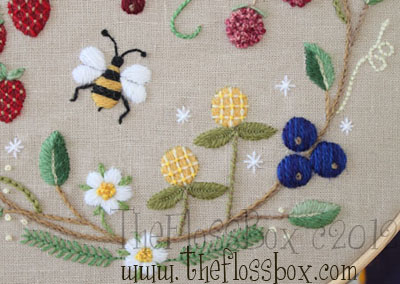I often get asked what is crewel embroidery and how does it differ from other types of embroidery. I have collected some of the more common questions here. Feel free to send more if you think of any!
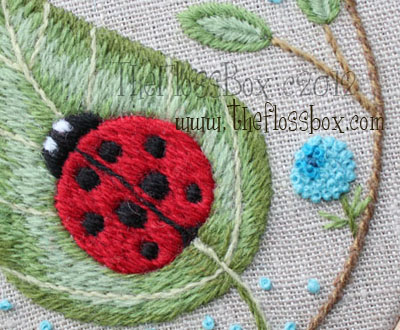
What does crewel mean?
The word “crewel” is an old word that refers to the yarn itself, a
two-ply wool yarn. Therefore, many experts in crewel embroidery believe
that you
must use this type of yarn in order to do “crewel embroidery”. Others
prefer a looser definition of crewel embroidery that refers to the
stitches and designs rather than the type of yarn.
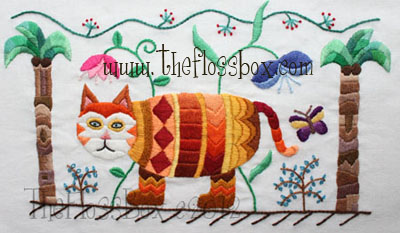
Are crewel stitches different?
There is in fact no difference between stitches used in other types of
embroidery and those used for crewel embroidery. There are, of course,
certain stitches that are traditionally used in crewel embroidery. For
example, filling stitches with lattice patterns are very
common found in crewel stitching. Many traditional designs have large
surfaces to fill, so stitches that can be stitched
quickly are extremely useful.
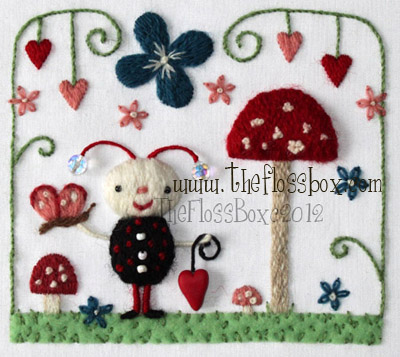
Crewel embroidery can be combined with stumpwork.
What about designs?
Any design can be stitched with crewel embroidery. There is nothing
“special” about crewel designs. However, they are often larger
than those intended for some other types of embroidery since the yarns
are usually thicker. Traditional designs focus on flowers,
leaves, birds and animals. Crewel embroidery is well-suited to modern,
unexpected, or abstract interpretations as well. The main
consideration is that the yarn is a thicker and may not be suited for
minatures.
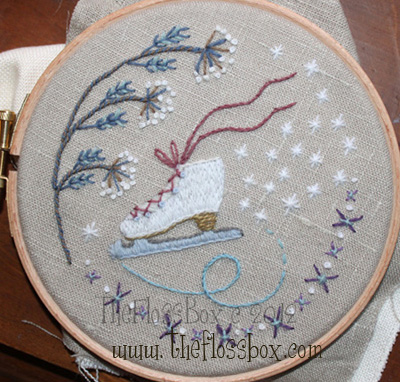
What fabrics can crewel embroidery be stitched on?
Linen is the traditional material for crewel embroidery. It has a looser weave than calicos and other tightly woven fabrics. The looser woven fabrics are able to accommodate the thick crewel yarns better. Tightly woven fabrics can be used, of course, but the yarns will wear quicker due to wear. Cutting shorter thread lengths can help with this problem.
